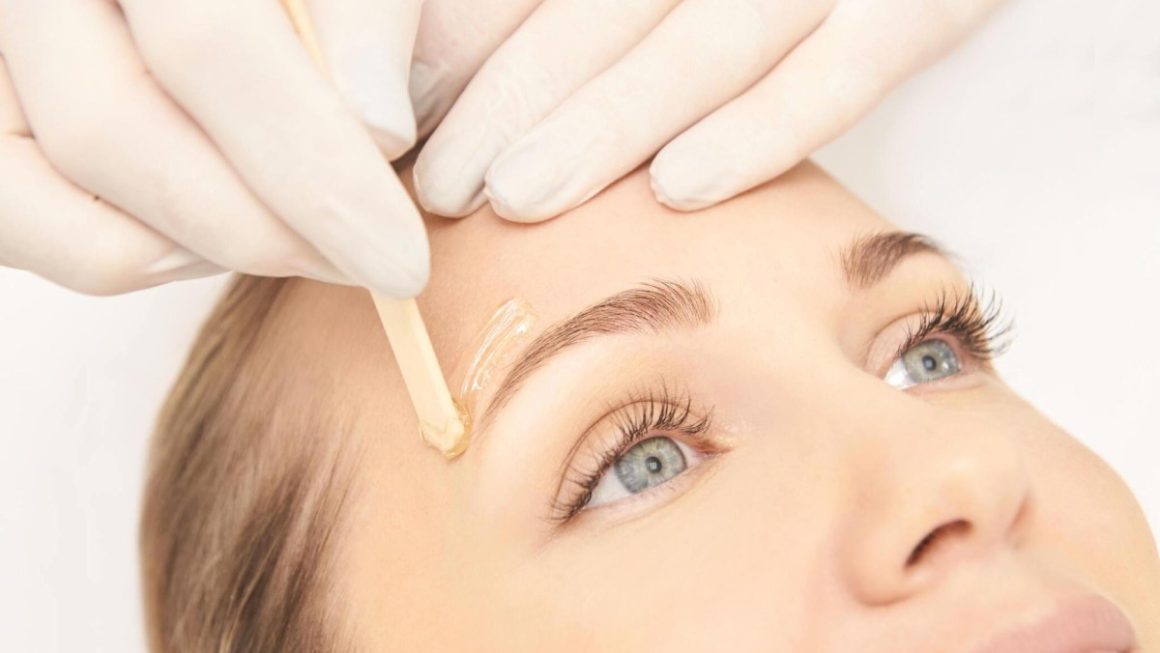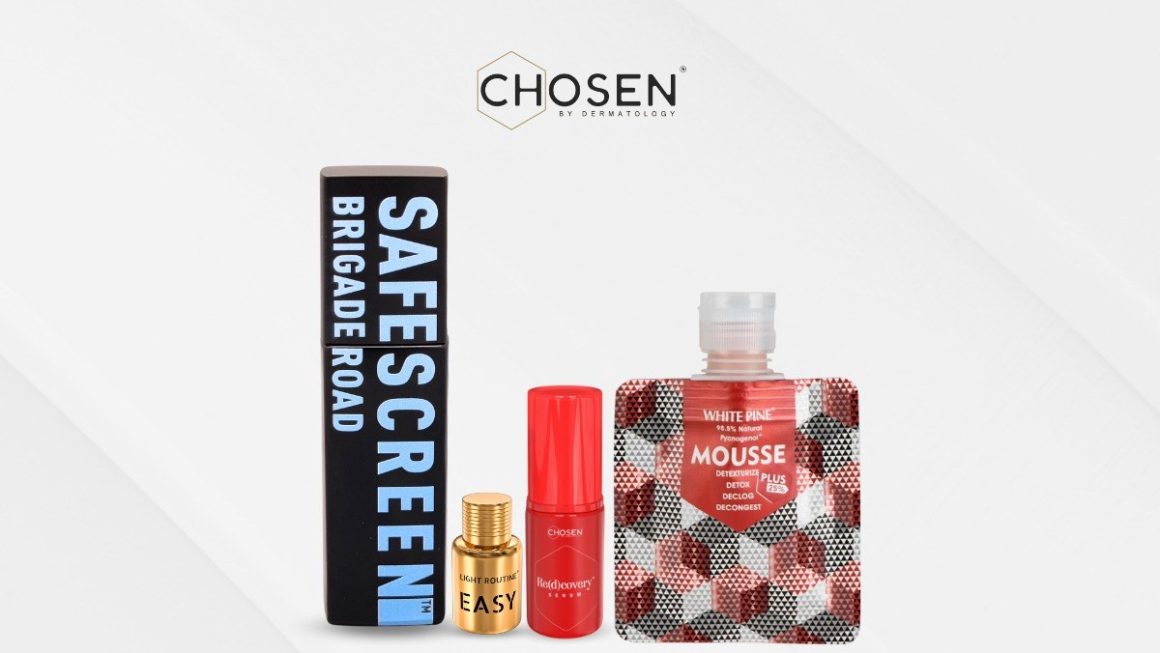Face fillers, also referred to as dermal fillers or injectable facial fillers, have significantly increased in popularity recently as a non-surgical cosmetic treatment option. They are made with the intention of enhancing facial features, restoring volume, and erasing wrinkles. This builds confidence, like a National Casino login account gives you confidence in interaction with people.
Face fillers: An Understanding.
Face fillers are gel-like substances that are injected beneath the skin to replenish lost volume, smooth out wrinkles, and enhance facial contours. They are typically made of hyaluronic acid (HA), a substance that the body naturally produces and which aids in maintaining the moisture and plumpness of the skin. Calcium hydroxylapatite or poly-L-lactic acid are examples of additional filler materials.
The Frequency of Use
Depending on personal preferences, desired results, and the filler type used, the frequency of face filler treatments varies. Others opt for treatments once or twice a year, while some people may prefer to have regular touch-ups every few months. Face fillers have temporary effects, and as the filler material is gradually metabolized by the body over time, it becomes necessary to have additional procedures to maintain the desired results.
Safety Considerations
Face fillers are usually thought to be safe when given by a qualified medical professional. However, their use carries some potential risks and side effects, just like any medical procedure. Temporary bruising, redness, swelling, or minimal discomfort at the injection site are a few of these possible side effects. Rarely, more severe side effects like infections, allergic reactions, or damage to blood vessels or nerves can develop. To reduce any potential risks, it is critical to select a trained and skilled practitioner.
Health Concerns
Even though facial fillers are typically thought to be safe, it is important to be aware of any potential health risks. It is possible for allergic reactions to the filler material, though they are uncommon. It is best to let the practitioner know ahead of time if you have any known allergies or sensitivities. In addition, there have been reports of specific filler types causing granuloma formation, a form of localized inflammation. Such occurrences are rare, though, and they typically go away with the right medical care.
Age Considerations
Choosing when is the right time to start using face fillers is a personal decision that is influenced by unique circumstances. Typically, those in their late 20s or older who are worried about volume loss, fine lines, or wrinkles may consider face fillers. But it’s important to remember that before turning to cosmetic procedures, prevention and good skincare habits should come first. It is imperative to discuss expectations and potential alternatives with a licensed medical professional before deciding whether face fillers are appropriate.
Face fillers are a popular non-surgical cosmetic treatment option that can help restore volume, reduce wrinkles, and enhance facial features. They typically have few risks and side effects when administered by a qualified professional. But it’s crucial to select a competent expert and be informed about any potential health issues. Individual needs, preferences, and other preventative skincare practices should all be taken into account before deciding whether to start using face fillers. The best course of action for your particular situation should always be decided in consultation with a medical expert.
The decision to undergo face filler treatments is a personal one that varies from individual to individual. While some may choose to embrace the natural aging process, others opt for cosmetic interventions like face fillers to enhance their appearance and boost their self-confidence. In this article, we will explore some common reasons why people choose to undergo face filler treatments.
Restoring Youthful Appearance
One of the primary motivations behind face fillers is the desire to restore a more youthful appearance. As we age, the skin loses elasticity, and facial volume diminishes, leading to the development of wrinkles, fine lines, and sagging skin. Face fillers can help combat these signs of aging by replenishing lost volume, plumping up the skin, and smoothing out wrinkles, thereby providing a more youthful and refreshed look.
Enhancing Facial Features
Some individuals opt for face fillers to enhance specific facial features. Fillers can be used to augment areas such as the lips, cheeks, chin, or jawline, creating a more balanced and harmonious facial appearance. By adding volume to these areas, face fillers can help achieve the desired facial symmetry and proportions, thereby enhancing the overall attractiveness of one’s features.
Boosting Self-Confidence
Improving self-confidence is a significant factor for many people considering face fillers. When individuals feel dissatisfied with their appearance due to signs of aging or facial asymmetry, it can impact their self-esteem. By addressing these concerns through filler treatments, individuals may experience a boost in self-confidence and a greater sense of personal empowerment. Feeling more satisfied with their appearance can positively impact various aspects of life, including personal relationships and professional opportunities.
Non-Surgical Option
The non-surgical nature of face filler treatments is another reason why people choose this cosmetic intervention. Unlike surgical procedures, such as facelifts, face fillers provide a less invasive alternative with little to no downtime. The convenience and relatively low risk associated with injectable fillers make them an attractive option for individuals who wish to enhance their appearance without undergoing surgery.
Temporary and Reversible Results
Face fillers offer temporary results, which can be appealing to individuals who are uncertain about making permanent changes to their appearance. The effects of fillers typically last several months to a year, depending on the type of filler used and individual factors. If someone is dissatisfied with the results or desires a different outcome, they can choose not to continue with the treatments or explore alternative options, allowing for flexibility and adaptability.




